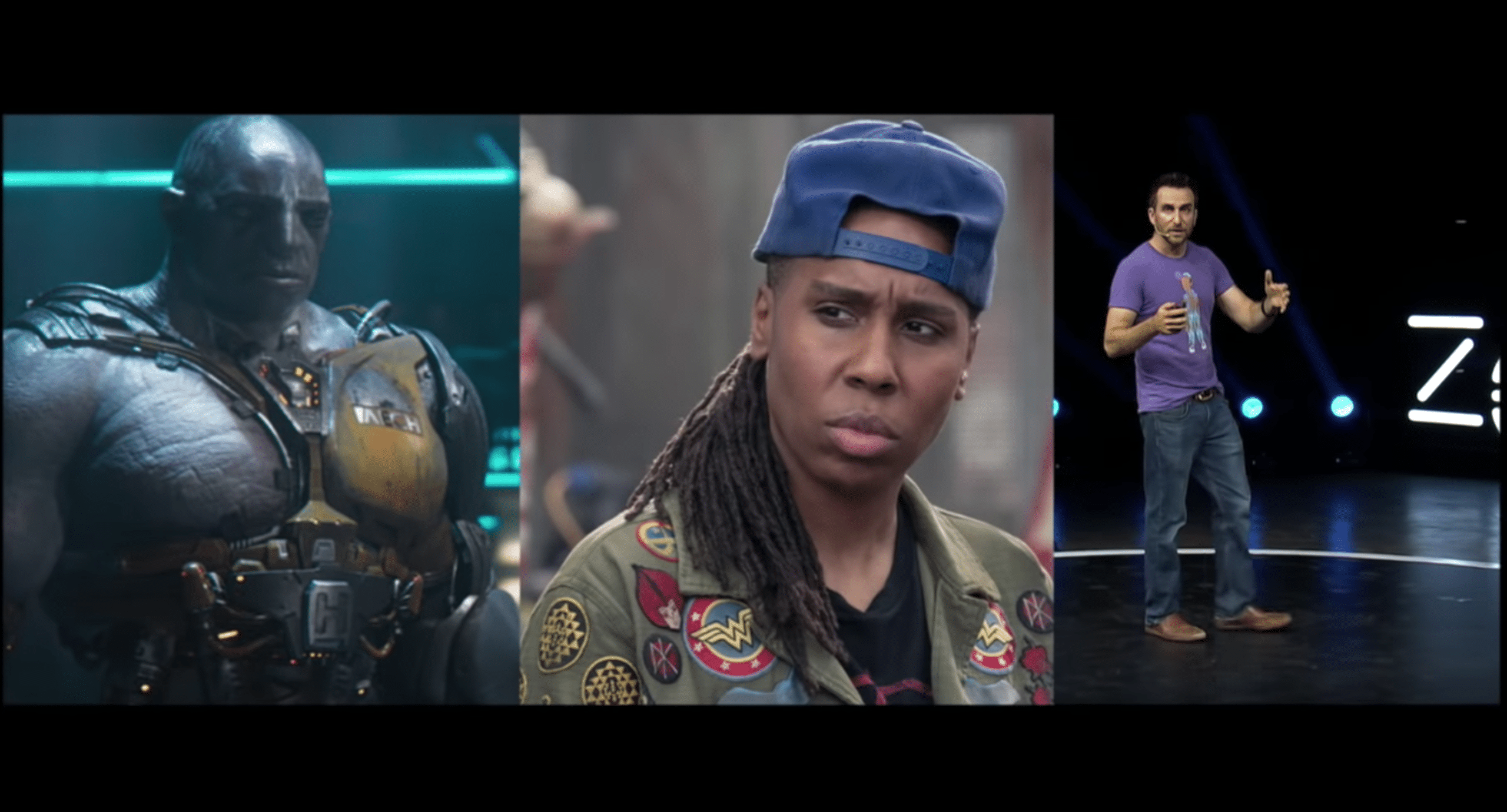AR Insider Interviews is an ongoing series that profiles the biggest innovators in XR. Narratives are based on interviews with subjects but opinions and analysis are that of AR Insider. See the rest of the series here.
One of the most used and successfully-monetized forms of AR is lenses and camera effects. And the most prevalent subset of that is augmenting selfies with various accouterments. But that’s just the beginning of a long evolution in avatar-based social interaction in AR.
In fact, AR’s promise to augment the physical world could find the biggest home in the front-facing camera modality of augmenting ourselves. And the art of doing that has many nuances to infuse the fun and escapism of graphical augmentation while preserving our core personalities.
Meo CEO Misha Leybovich has a deceptively simple take on this delicate balance: to use your real face — the ultimate embodiment of personality. There’s room for modifications, he told AR Insider, but the most unique traits of personality are expressed through nuances in our faces.
“There are sections of our brains dedicated to understanding human faces,” he recently said at the Zero One Tech Festival. “There are micro expressions we all automatically make and interpret without thinking about it. When we see each other visually, we can better see our humanity.”
Flipping the Script
Meo’s app Selfie Sticker is a starting point for this vision. Think of it as a flipped version of selfie lenses: Instead of animations melded to (and obscuring) faces, faces are melded to situational animations. But the larger vision is to power identity for any avatar-based XR.
“Our company’s commercial goals are to use our mobile app to drive awareness of our technology,” he said of the company’s road map, “to help others incorporate our tech into their products and then effectively be the visual identity layer for AR, VR and 3D computing.”
That includes gaming, social and other top categories of XR’s projected future. And it could be big business, considering proven demand for augmenting one’s identity. Selfie lenses are one thing; the massive revenue machine that is Fortnight — through avatar personalization — is another.
“This is just the beginning of avatar customization,” said Leybovich with an eye to Fortnite. “It’s literally already a multi-billion dollar industry from just one company’s efforts. Think about how big this gets as it scales, and now you know why we care for both social and financial reasons.”

Identity Layer
As for how Meo will build that identity, it will be an advanced version of how it currently captures your face in its flagship app. This currently involves a selfie video that’s imposed live on situational animations, which are recorded together to then be available to overlay on the real world.
“We plan to use, with the user’s permission, millions of video frames as they use our [mobile] technology,” he said. “[It] requires that large of a training set for each individual, and only an initially video-based approach can realistically acquire enough data to build that model.”
Once that model is built, it can be customized by users while maintaining the core face-based personality. Users can then take that identity model with them across XR experiences. One outcome could be personal identity in VR experiences (think: Ready Player One).
“Establishing a real avatar is just the beginning,” said Leybovich. “It’s an important baseline because it enables preservation of your real emotions and expressions. Maybe you want to change how you look and that’s totally fine, but the smile should still be your smile.”

AR as a Service
As referenced above, MEO’s user-facing app is partly a means to an end. Leybovich stresses that his team is backing the app with all its effort and support. But its long-run purpose is more to expose the underlying tech that will unlock MEO’s grander vision of an XR identity layer.
“The consumer app is our way to introduce the technology to the world.” He said. “Developers will need something to sit between the camera and depth sensor and the end product — something to turn those signals into a person, and that’s where we want to sit.”
This positions MEO as a building-block technology – a breakout category in our 2019 predictions. More specifically, it falls under AR as a Service (ARaaS), akin to Niantic’s real-world platform. In fact, it’s taken the same path by spinning out a platform that first powered its own app.
“The goal was to build this technology for our own products,” said Leybovich..”But then we realized this is really hard and a lot of other people are going to need this too. And we realized that it’s a more stable business to provide the picks and shovels.”
Head Start
The other advantage to ARaaS is not tying oneself to a single use case, as a consumer-facing app could otherwise do. The platform approach conversely positions MEO, or any toolset provider, to ride the wave of social AR use cases as they evolve… which will happen.
“Our ultimate goal is that every time you see a real person in mixed reality, that’s our tech,” said Leybovich. “Effectively, we’re trying to bring peoples’ humanity into the digital realm. There will be tons of use cases for that – stuff right now that we can’t even think of.”
This creates a sort of horizontal focus, as opposed to the vertical industry focus espoused recently by Jeri Ellsworth. Either way, Meo’s capability is anchored in a few years of refining skills as a best-of-breed tech provider in a single focused specialty: digital identity.
“Most developers are going to find that it’s not wise to try to build it themselves,” said Leybovich. “We’ve spent years, quite a lot of people, and quite a lot of experience and talent. If this technology will and needs to exist, I think we have a good head start.”
For deeper XR data and intelligence, join ARtillry PRO and subscribe to the free ARtillry Weekly newsletter.
Disclosure: ARtillry has no financial stake in the companies mentioned in this post, nor received payment for its production. Disclosure and ethics policy can be seen here.
